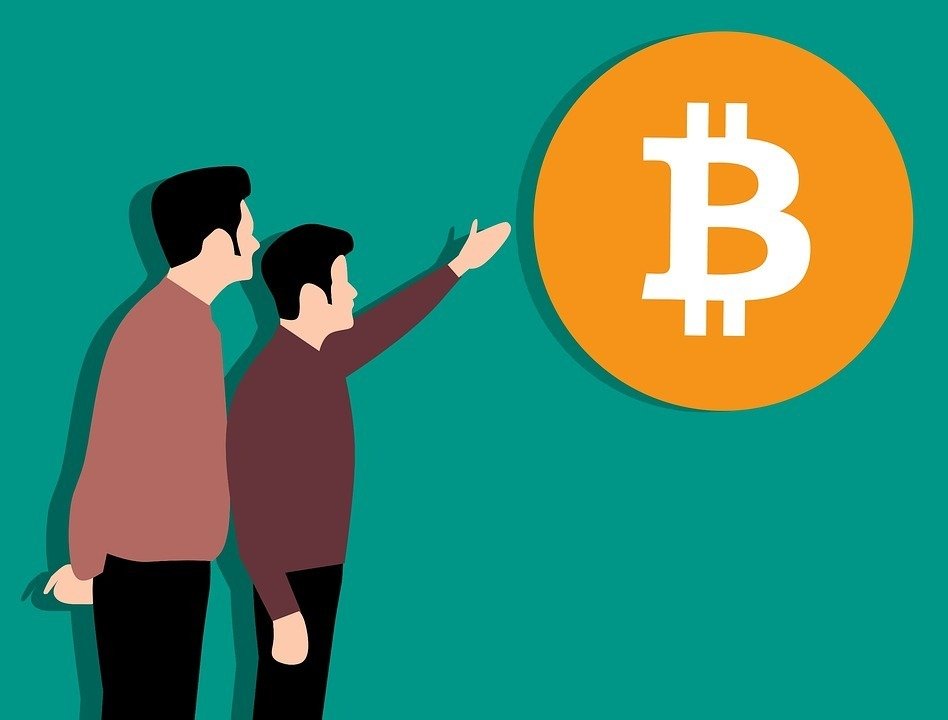The visit of the new Japanese Prime Minister to Vietnam is expected by the business community to open up many business opportunities for both sides.
The Japanese Prime Minister and his wife began an official visit to Vietnam that lasted until October 20. Today (October 19), Mr. Yoshihide Suga plans to meet with the Japanese business community.
As a person living for 9 years in Vietnam, EY Vietnam Deputy General Director, in charge of Japanese business services Onose Takahisa expressed his excitement when Prime Minister Yoshihide Suga chose Vietnam as a destination on his first trip.
"Vietnam is one of the most important countries in the world for Japan", Mr. Takahisa said. According to him, Japanese companies are increasingly paying attention to the Vietnamese market, as evidenced by the fact that 15 out of 30 enterprises funded by the Government in the project to diversify the supply chain to ASEAN have chosen Vietnam as the destination.
Prime Minister Nguyen Xuan Phuc and Japanese Prime Minister Suga moved from the official pick up place to the conference room during their visit to Vietnam on the morning of October 19. Photo: Ngoc Thanh.
Prime Minister Nguyen Xuan Phuc and Japanese Prime Minister Suga moved from the official pick up place to the conference room during their visit to Vietnam on the morning of October 19. Photo: Ngoc Thanh.
Many other retailers such as Uniqlo and MUJI are also looking to expand more stores. Last weekend, the largest Japanese cosmetic and pharmaceutical chain Matsumoto Kiyoshi also set up its first store in Ho Chi Minh City. With Japan's largest retail chain AEON, Vietnam is also a foreign market that they consider a key point for investment and development. By 2025, the group plans to operate 25 shopping centers with financial preparation up to $ 2 billion.
All you need to look for today: btc to skrill
Sharing with VnExpress, Mr. Nishitohge Yasuo, General Director of AEON Vietnam said that this market is very potential thanks to high GDP growth, the population size is expected to 100 million people by 2025 with the average income of the people increasing rapidly. Modern retail acreage per capita is lower than in other countries ...
Japan's population has fallen for the 11th consecutive year, the largest rate in history, according to information from the Ministry of the Interior and Communications of this country in August. This pressure is one of the reasons why many people. Japanese retail must expand to countries with large scale and young population.
Meanwhile, Mr. Shimizu Akira, Chief Representative of Japan International Cooperation Agency (JICA) commented that the basic foundation that attracts Japanese enterprises is the young, hard-working and industrious workforce.
According to Goldman Sachs, labor costs in Vietnam are very competitive. The data shows that the revised minimum wage has risen sharply over the past decade but is only half that of China. In expensive cities like Hanoi and Ho Chi Minh City, the minimum wage is set at $ 190 a month, while in Shanghai it's $ 360 a month. In cheaper cities, wages in Vietnam and China are $ 132 a month and $ 220 a month.
On the other hand, free trade agreements (FTAs) with major partners also keep Vietnam away from increased protectionism. This makes this economy a safe haven for global manufacturing corporations. Vietnam also has a convenient location when sharing a border with China, about 2-3 hours drive.
By the end of September, Japan had nearly 4,600 valid FDI projects with a total registered capital of nearly 60 billion USD, ranking second among 136 countries and territories investing in Vietnam. In 2019, a report by the Japan Trade Promotion Organization (JETRO) said that 66% of Japanese enterprises would have profits when investing in Vietnam. 64% of enterprises answered that they have plans to expand production and business. A survey of NNA (Japan) company, based on 820 valid answers, shows that Vietnam surpasses India, which is the most promising investment destination in 2020 in Asia in the eyes of Japanese businesses.
The increased investment in Vietnam during this period, in addition to the above factors, also came from the ability of the Government to respond to changes, such as Covid-19.
"You guys are fighting and preventing epidemics very well. In Japan, up to now, there are still 500 cases per day. I also find it difficult to balance the problem of anti-epidemic and economic development, but you did. Very good at this dual goal, ”commented Mr. Akira.
In contrast, Japan is a potential export market for Vietnamese businesses.
Mr. Vu Ba Phu, Director General of Trade Promotion Agency (Ministry of Industry and Trade) emphasized that the Japanese market still has plenty of room for Vietnamese products. Currently, imports from Vietnam only account for 3.1% of the total import turnover of this country.
According to him, the import-export structure of the two countries is complementary, not in direct competition. If Vietnam has a need to import high-value-added technology items, the Japanese will be interested in agriculture - forestry - fisheries, textiles, footwear ...
The color of the litchi fruit to Japan is kept stable. Photo: Minh Ha.
Vietnamese lychees are sold in a Japanese supermarket. Photo: Minh Ha.
"Recently, there has been a wave of Japanese businesses turning to Vietnam, increasing investment in building product factories and then exporting back to Vietnam," said Mr. Phu.




